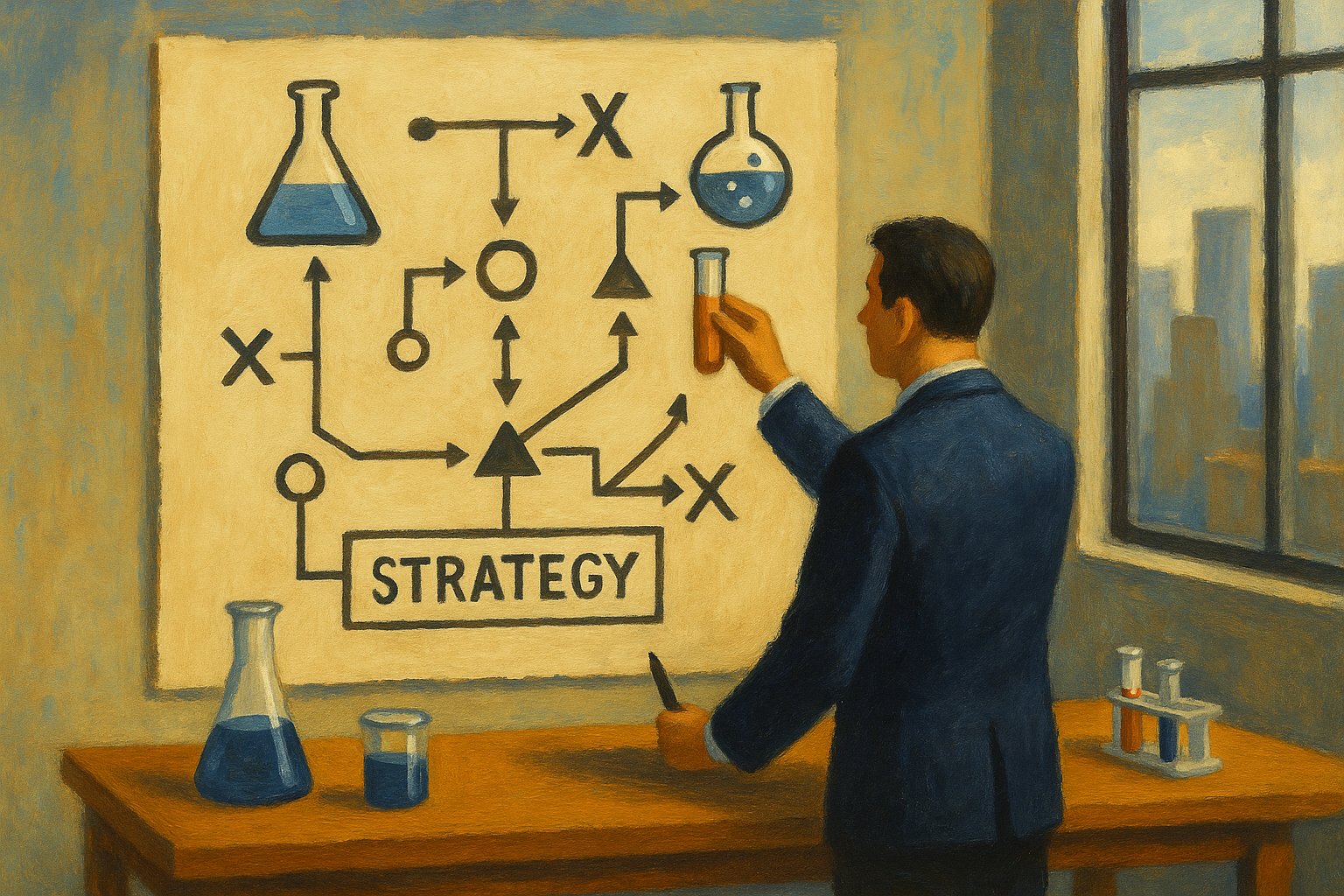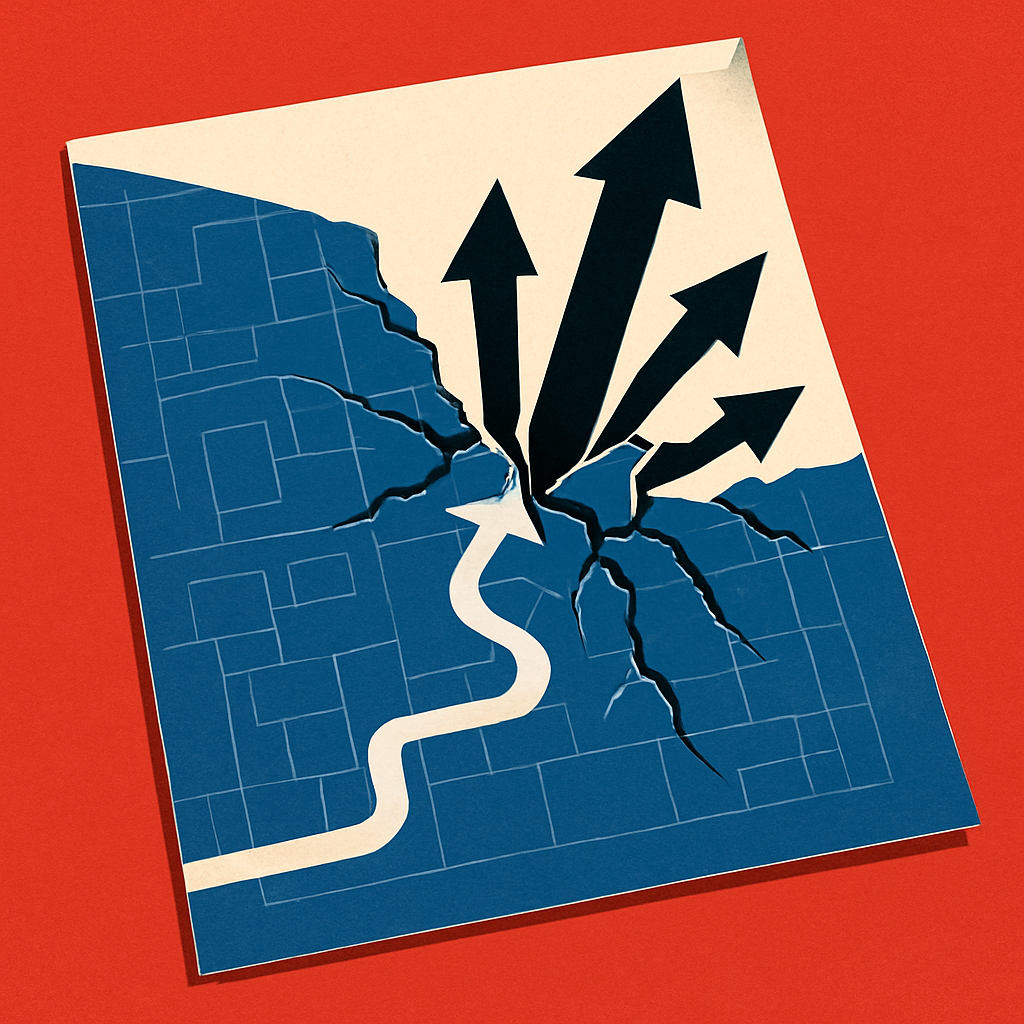Over the last three years I have part of a great team working to bring lean innovation principles into Pearson, the world’s largest global education company with over 35 ooo employees. We have developed the Lean Product Lifecycle, which is Pearson’s framework for investment management and product development best practice. Last year, along with Adobe’s Kickbox, our framework won the award for the Best Innovation Program at the Corporate Entrepreneurship Awards in New York.
At a recent team off-site in London, our boss Sonja Kresojevic asked us to think about why we do the work we do. Inspired by Simon Sinek’s great TED talk on this topic, Sonja wanted us to think more deeply about the real value that underpins our work. Why do we work on lean innovation? Why is it important to Pearson and other companies around the world?
This is something I had thought about often. Why do lean startup? Why build minimum viable products? Why does business model design matter? Why experiment and iterate? Do we do these things for their own sake? Cool as lean innovation might be, it is also hard grinding work. So coolness is not enough for me. There has to be a deeper underlying reason.
Creating Wealth by Creating Value
I have come to conclusion that as a movement, lean innovators fundamentally believe that companies should be creating wealth by creating value for people. The mantra ‘make stuff people want’ is short for saying that ‘companies should be making money by making things people want’. This is the reason that Eric Ries, author of The Lean Startup, distinguishes between value hypotheses (i.e. the customer needs being met by your product) and growth hypotheses (i.e. how your company intends to grow customer numbers and revenues). Eric also suggests that companies should solve for the value hypothesis first, before trying to go to scale.
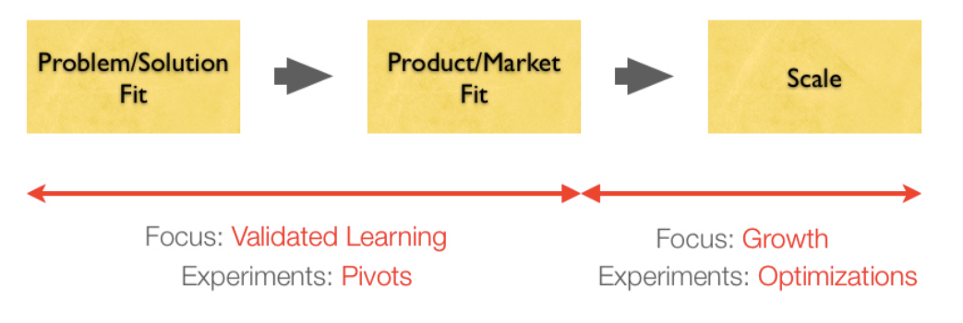
In Running Lean, Ash Maurya distinguishes problem-solution fit, product-market fit and scale. In Ash’s framework, problem-solution fit comes before product-market fit and scaling. In other words, Ash is proposing that innovators should first understand customer needs and make sure they are able to meet these with their product before they think about the remaining parts of the their business model and scaling it.
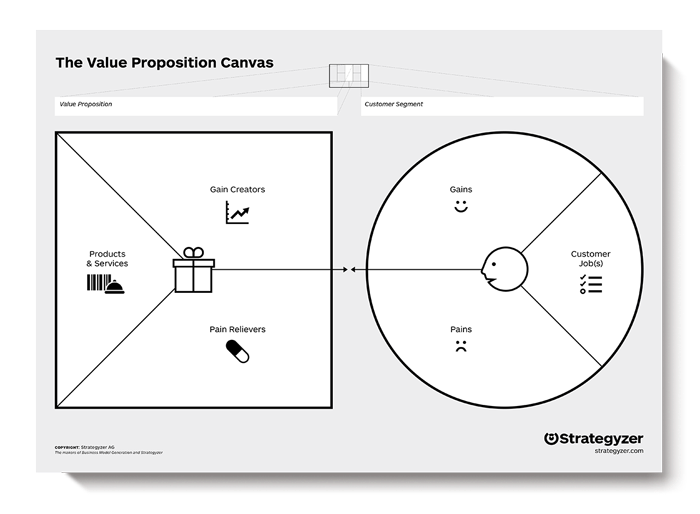
Alex Osterwalder’s Value Proposition Canvas zooms into the critical part of a business model which concern how we help customers to get their jobs done and achieve the things they want to do in their lives. The definition of premature scaling is when innovators attempt to go to scale with products that do not have validated business models. A validated business model is ones in which it is clear to innovators that they are making something people want, and that they can deliver this value in a profitable way.
Why Companies Exist
When asked the question of why companies exist, most people I have met met automatically say that companies exist to make money. But this is flawed thinking. In a famous article entitled How to Make Wealth, Paul Graham, founder of Y-Combinator, argues that unless you plan to get rich by counterfeiting, the idea of ‘making money’ makes it harder for people to understand how wealth is created. Money is not wealth. Wealth are things people want (e.g. houses, cars, food etc). Money is simply a medium of exchanging this wealth.
Sure, revenues and profits are a key metric for success in every company. But companies have to realise that this is simply a measure of how well it is exchanging wealth with its customers. This means that wealth can be created, destroyed and exchanged. Wealth is actually what we mean when we say ‘value’. Creating value is making stuff people want.
Richard Branson, founder of Virgin, states that “A business is simply an idea to make other people’s lives better”. When companies do this well, people are willing to exchange their wealth with them. So really what we are saying is that companies should be creating wealth for themselves by creating wealth for others. Lean innovators believe that capitalist economics is not a zero-sum game as others would argue.
The Corporate Startup
Our Corporate Startup definition of innovation is; the creation of new products and services, that deliver value to customers, in a manner that is supported by a sustainable and profitable business model. Both part of this definition are important; the making money part and the creation of value part. Without both parts, companies are not going to be innovating in a sustainable way.
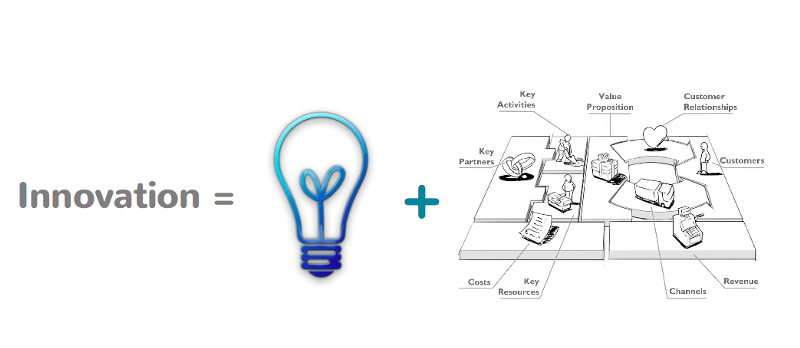
It is possible to create wealth for yourself while destroying value for others. In human history, the political classes across the world have done this pretty well. Businesses with a low regard for their customers do this well every day. But this success is often only temporary. The only way to build sustainable wealth is to create value for others.
And this is the reason why the tools we use for lean innovation exist. Business model design is a process we use as innovators to develop new ways to create and deliver value. Minimum viable products are used to check whether we are creating something people want; that they are willing to exchange their wealth for. We use experiments to discover and iterate our way towards sustainably profitable value creation.
This is why we do Lean Innovation. The idea of creating wealth by creating value is not new. Many have spoken about it about it before. But lean innovation brings this to life by putting front and centre the understanding that most new business or product ideas will have flawed assumptions about what customers really need. And rather than shove our vision down their throats, we would like to collaboratively work with our customers to ensure that we are creating something they want; and that they are willing exchange their wealth for the value we have created.
So there it is, world peace, love and all that…


